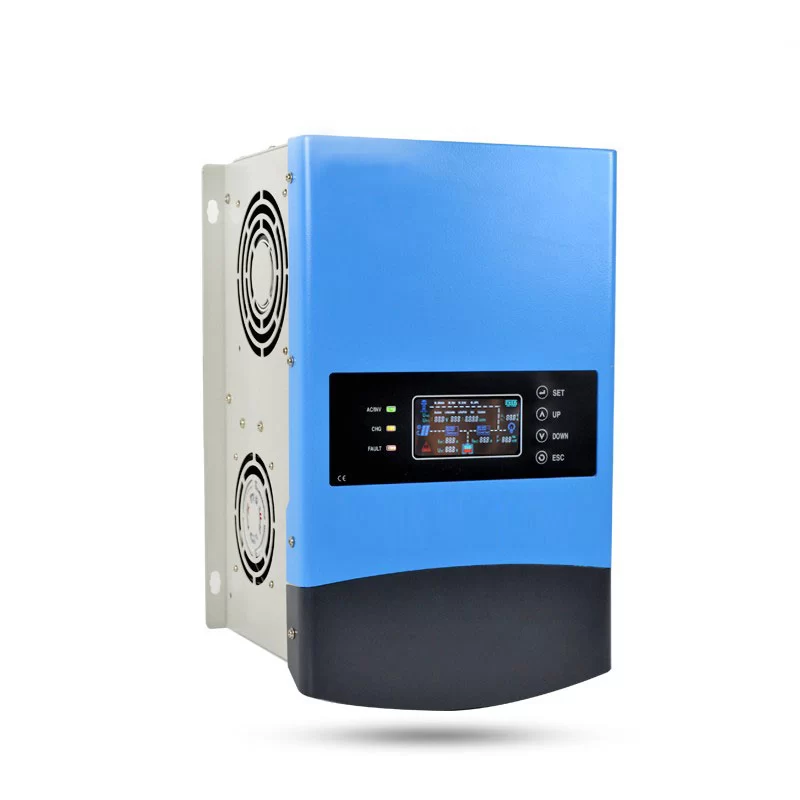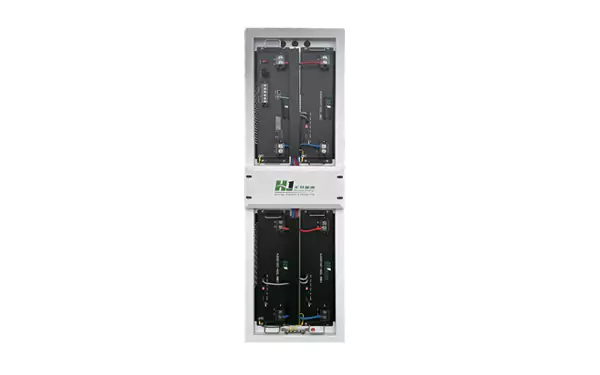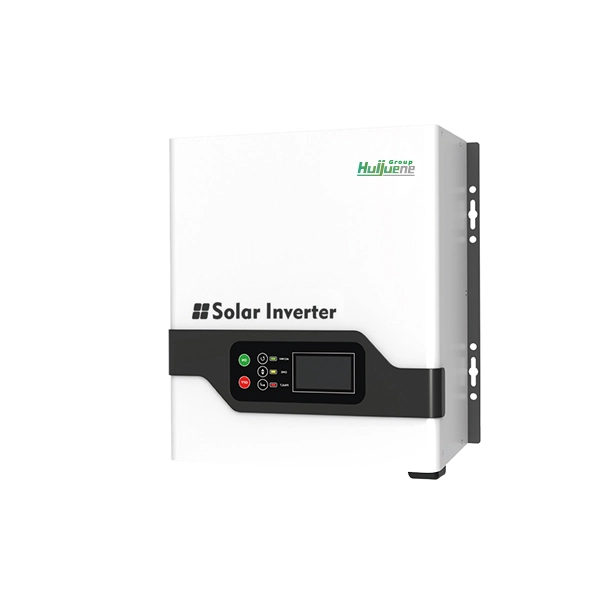Difference Between Pure Sine Wave Inverter And Square Wave Inverter
As we all know, in our daily life, we use electronic products, such as computers, cell phones, televisions, stereos, computer monitors and other electronic products, can not be separated from the inverter. An inverter is a device that converts direct current into alternating current. Its role is to provide a stable DC power supply to the appliances we need in our daily life, so as to ensure that our daily life and work will not be affected by the unstable AC power.
But many people don’t know about inverters, don’t know what an inverter is and what a pure sine wave inverter is, so they don’t know what brand of inverter they are buying. Some people say that they buy a pure sine wave inverter, but after the AC power conversion into square wave or square wave grid-connected. In fact, there is no difference between the two, just a different name. Here I will tell you the difference between pure sine wave and square wave inverter.

Different principle
Sine wave inverter is the use of sine wave waveform characteristics, through the high-frequency inverter so that the AC power through the rectifier and inverter, into DC, and then DC into frequency and amplitude are adjustable AC output, so as to meet the needs of different loads on the AC power supply. Simply speaking, sine wave inverter realizes sine wave inversion through waveform control.
Different structure
1、Pure sine wave inverter: Its principle is to use PWM (Pulse Width Modulation) technology to control the output PWM waveform by controlling the switching frequency of the IGBTs in the inverter, so as to realize the sinusoidalization of the output waveform. After adopting this kind of inverter, it can be a good solution to the requirements of power equipment on power quality and power utilization.
2、Square wave inverter: It approximates the voltage or current waveform as a sine wave, and realizes the sinusoidalization of the output waveform by controlling the switching frequency of the IGBTs, and its working principle is the same as that of the pure sine wave inverter. Square wave inverter can also achieve high efficiency, but it is a little lower than pure sine wave inverter in terms of efficiency. However, it has the advantages of stable operation, low noise, small distortion of voltage and current waveforms.
- Both pure sine wave inverter and square wave inverter have their own advantages and disadvantages, which one to use should be chosen according to your actual situation.
Different functions
Square wave inverter: It has the functions of frequency regulation, voltage regulation and power regulation. For example: cell phone charger is a typical example of square wave inverter.
Pure sine wave inverter: It has the functions of frequency regulation, voltage regulation and power regulation, etc. For example: common household electricity, air conditioner, electric fan, etc. are all pure sine wave inverters.
Different scope of use
- Pure sine wave inverters are used in all electrical appliances, such as TV sets, stereos, computers, cell phones, digital cameras and so on.
- Square wave inverters are mainly used in large home appliances, such as air conditioners, refrigerators, televisions and so on. However, square wave inverters are generally only used for small appliances due to their large insecurity factor.
- The working principle of the two is different, pure sine wave inverter is to generate DC power through the inversion of AC power, so pure sine wave inverter is applicable to all electrical appliances, while square wave inverter is only applicable to small electrical appliances.
Different cost
Nowadays, the price of solar inverter is not high, but the price of square wave inverter is higher than pure sine wave inverter. And now solar photovoltaic power generation is also very popular, so the amount of solar inverters is also very large, so the cost of solar inverters is even higher. But if it is a more demanding customer, you may need to use pure sine wave inverter, this kind of customer is still very sensitive to the price.






